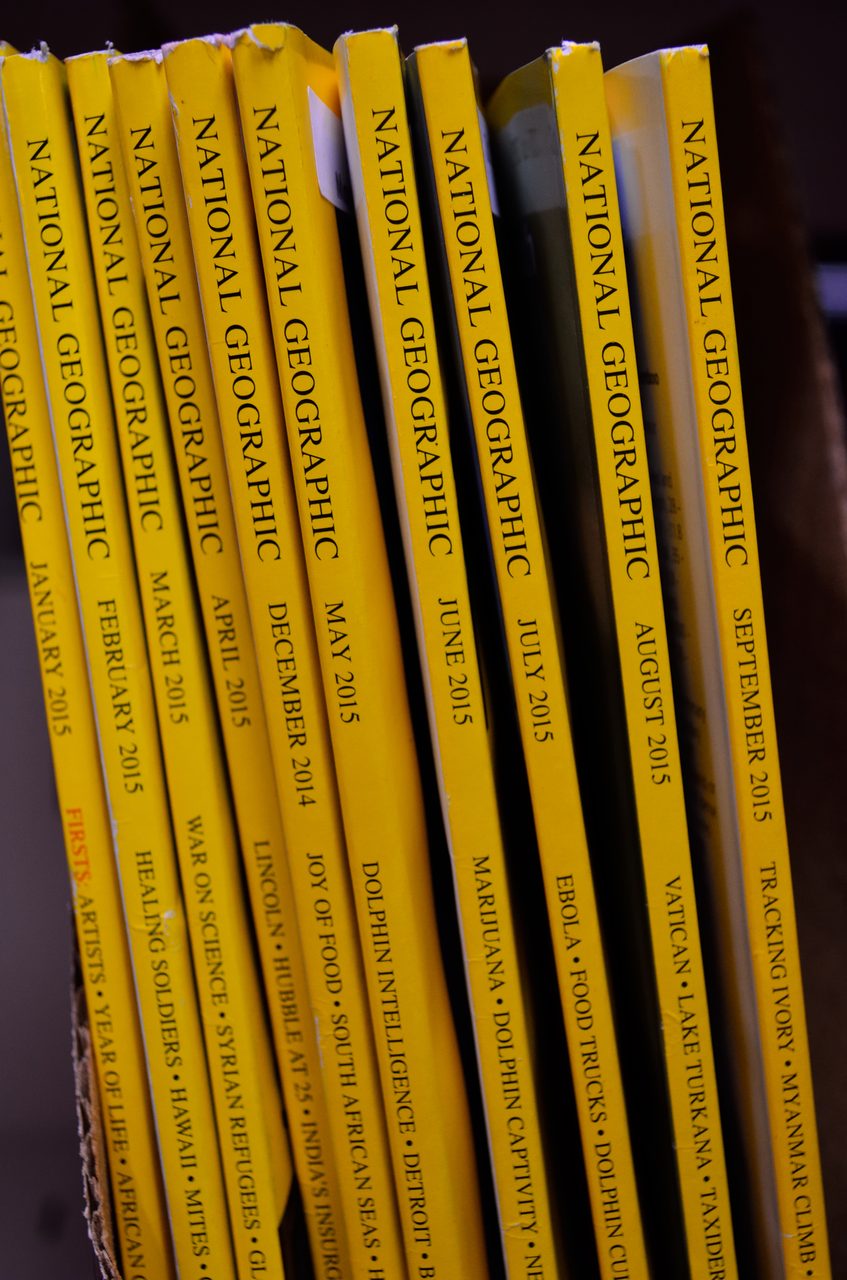
A New Chapter
for Proceedings!
Fully digital means
- More user friendly
- More climate friendly
- More budget friendly
- More deadline friendly
by Samantha Quigley
The Plan
Keepin’ Up With, Well, Everyone
The world is increasingly consuming information digitally, whether via computer or mobile device. While Proceedings’ 75-plus year history of print publication is a long-standing tradition worthy of respect, it is also part of the Coast Guard’s mission to strive for the widest possible dissemination of information in a timely fashion.
As a print publication, our production schedule runs between 8 and 12 months, rendering articles dated before they are published. Because of the nature of print publication, our way of obtaining articles, and a struggle to find art with proper print resolution, this will not improve. Maritime safety and security is a constantly evolving entity with which print cannot keep up, but for mariners it’s important that they are up to date whenever and wherever they happen to be.
It seems the time has come for Proceedings to evolve again. Not only do we struggle to add more than a couple hundred subscribers a year – about the same number we lose – but print limits our reach. It also leaves a sizeable carbon footprint, something the Coast Guard and the administration want to rein in.
Fixing The Vexation
The solution is a fully digital Proceedings. Though I am a proponent of print, I think the time has come for Proceedings make the leap.
As fully digital publication, our readership has the potential to grow exponentially without much, if any, increase in cost. Email addresses rarely change and it costs nothing to send an email with a link to the latest update. We could also begin to have a social presence, which equals reach and recognition if done properly, and interaction with our readers, though this would need to be carefully thought through. We could also gain a broader understanding of how our readers are accessing the publication, how long they remain engaged, which articles are ranking highest, and how many unique readers we have each month via the vendor’s digital dashboard. These metrics would be far more meaningful with a fully digital publication as readership would not be split with print readers on whom we cannot gather statics like unique visits, time per article, or bounce rates.
I envision this new Proceedings as providing 3-5 topics annually, each featuring no more than 10 articles. In between these set publication points, the Proceedings team would be far more agile and able to respond to relevant maritime news or updates to existing articles. This means keeping constituents more engaged with the MSSC’s focus and making Proceedings more “evergreen.”

The proposed look/feel is similar to that of World Wildlife Fund, which has a lead article for the issue topic and then several additional articles that broaden readers’ understanding of the topic. This platform would also give us the opportunity to highlight USCG/industry imagery, people, and concepts through regularly featured departments like “From the Field,” or “Image of the Day,” for example. This includes audio and video and, potentially, Proceedings staff-written articles in the long term.
Additionally, the digital platform is not hosted on the Coast Guard server, thereby alleviating the need for more server capacity, a common complaint when Proceedings wants to post items to our USCG.mil page. Instead, it is hosted by the company that provides a link to embed, like we’ve been doing with the PDF “flipzine” for years.
There are two ways we could approach this shift. We could go cold turkey or through a controlled transition where we’d publish a sharply reduced number of copies per issue while we introduce, or prepare to introduce, the digital version. Our first choice is a controlled introduction to let readers get comfortable with the idea. This will also give us time to plan the transition and create an email group that allows us to notify readers when a new issue (topic) has been published.
The current digital vendor would not be suitable if we move forward with a fully digital publication, however there are several other suitable options. As with the current vendor, none of them came up in the search during the contract development process, so we’d have to have a conversation with them to see if they were amenable to doing what’s necessary to become a government vendor.
As an added benefit, this move would represent an over-all cost savings for CG-5PS through the cessation of printing, as well as the Coast Guard in general via the elimination of postage costs.
When Do We Want It? NOW! (Well, 2023)
But Why?!
As everything becomes more digital, we are shutting out a huge potential audience if we remain a print publication. The opportunity to become much more inclusive – full ADA compliance, translation available through Web browsers for our global audiences, “green” for our ecologically conscious readers – combined with the fact that we can contribute to the reduction of the Coast Guard’s carbon footprint, makes this seem like a no brainer. As an editor, I like the thought that we can bring relevant content to our readers more quickly, and with greater reach, by using the platform in between new topics.


